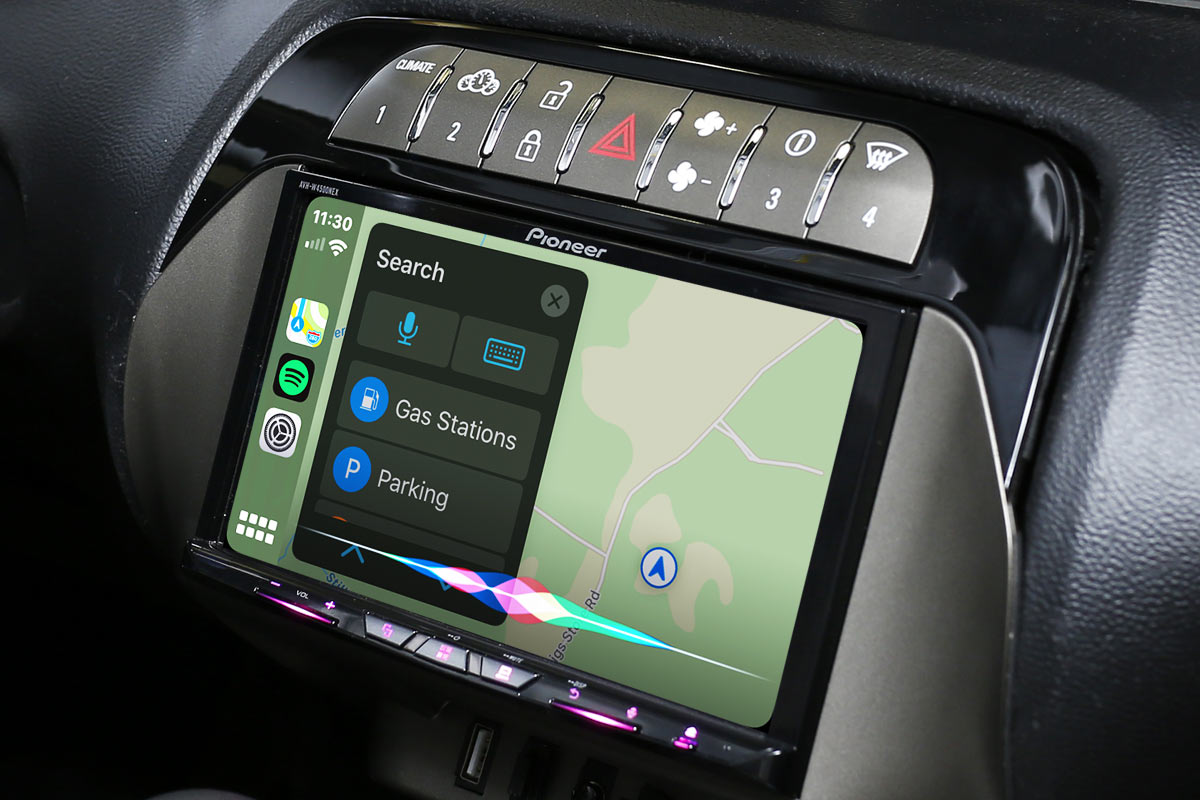Have you ever wondered what happens to old, rusty cars after they are no longer roadworthy? Surprisingly, these scrap cars are far from useless. They embark on an intriguing journey where they are transformed into valuable resources. This article will take you through the fascinating process of how car parts are salvaged and given new life. By the end, you will appreciate the magic of turning rust into gold.
The Initial Stage: What is Scrap?
Scrap cars are vehicles that have reached the end of their usable life. They may be damaged beyond repair, too old to run efficiently, or simply no longer needed. These cars are often viewed as junk, but they hold a hidden treasure trove of materials that can be repurposed.
The Value in Scrap Cars
Why do people see value in scrap cars? It is because these national car removal Brisbane contain numerous components and materials that can be recycled and reused. From metal and plastic to rubber and glass, almost every part of a car can be given a second life.
The Role of Junkyards
Junkyards, also known as salvage yards, play a crucial role in the transformation of scrap cars. They are the first stop in the journey from scrap to salvage. Here, old cars are collected, and the process of dismantling begins.
What Happens at a Junkyard?
At a junkyard, cars are inspected to determine which parts can be salvaged. This initial assessment is critical as it sets the stage for the next steps in the recycling process.
The Art of Car Dismantling
Dismantling a car is like performing a delicate surgery. Each part must be carefully removed to ensure it can be reused. Skilled technicians take on this task, using their expertise to extract valuable components without causing damage.
Tools and Techniques
Various tools and techniques are employed in car dismantling. From wrenches and pliers to hydraulic lifts and cutting torches, the right equipment is essential for efficient and safe dismantling.
Sorting and Categorizing Car Parts
Once dismantled, the car parts are sorted and categorized. This step is vital to ensure that each part ends up in the right place for recycling or resale.
Categories of Car Parts
Car parts are divided into different categories such as metal, plastic, rubber, and glass. Each category has its own recycling process, making this step crucial for the overall efficiency of the operation.
The Recycling Process
Recycling is the heart of the journey from scrap to salvage. This process involves breaking down materials and transforming them into reusable forms.
Metal Recycling
Metal is one of the most valuable materials found in scrap cars. The recycling process for metal involves melting it down and purifying it to remove any impurities. The result is high-quality metal that can be used in new products.
Rebirth of Metal
Recycled metal is just as good as new metal. It can be used in the manufacture of new cars, construction materials, and various other products. This process of rebirth is a testament to the efficiency and sustainability of recycling.
Salvaging Non-Metal Components
Apart from metal, cars contain many non-metal components that can be salvaged. These include plastic, rubber, and glass, each of which undergoes its own recycling process.
Plastic Recycling
Plastic parts are cleaned, shredded, and melted down to create new plastic products. This process helps reduce the demand for new plastic, which is beneficial for the environment.
Rubber and Glass Recycling
Rubber from tires is often recycled into new tires or used in construction projects. Glass, on the other hand, is crushed and melted down to form new glass products, contributing to a circular economy.
The Market for Salvaged Car Parts
Salvaged car parts have a thriving market. Many people prefer buying these parts as they are often cheaper than new ones and are just as effective.
Demand for Salvaged Parts
The demand for salvaged car parts comes from various sectors, including car repair shops, DIY enthusiasts, and even manufacturers. This demand ensures that salvaged parts are continually sought after.
Environmental Benefits
One of the most significant advantages of salvaging car parts is the positive impact on the environment. By recycling materials, we reduce the need for new raw materials, thereby conserving natural resources.
Reducing Landfill Waste
Salvaging car parts also helps reduce the amount of waste that ends up in landfills. This reduction in waste is crucial for maintaining a healthy and sustainable environment.
Challenges in Car Part Salvage
Despite the many benefits, salvaging car parts comes with its own set of challenges. These challenges must be addressed to ensure the efficiency and effectiveness of the process.
Technical and Logistical Issues
Technical issues such as the complexity of dismantling modern cars and logistical challenges like transportation and storage can pose significant hurdles. Overcoming these challenges requires innovation and continuous improvement.
Innovations in Salvage Operations
The field of car part salvage is constantly evolving. Innovations in technology and processes are helping make salvage operations more efficient and environmentally friendly.
Technological Advancements
Advancements in technology, such as automated dismantling and improved recycling techniques, are revolutionizing the way we salvage car parts. These innovations hold the promise of a more sustainable future.
The Future of Car Part Recycling
The future of car part recycling looks promising. As awareness about environmental sustainability grows, so does the emphasis on recycling and reusing materials.
Trends to Watch
Trends such as increased use of recycled materials in manufacturing and the development of new recycling technologies are set to shape the future of car part recycling. These trends highlight the importance of continuous innovation in this field.
Conclusion: From Rust to Gold
The journey of car parts from cash for cars Sunshine coast is a remarkable process. It transforms what was once considered waste into valuable resources. This transformation not only benefits the economy but also plays a crucial role in environmental conservation. The next time you see a rusty old car, remember the incredible journey it can embark on, turning rust into gold.


